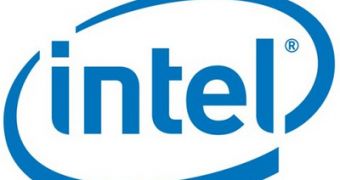While new storage units with huge capacities have already come out, it falls to not just motherboards, but to the software as well to actually enable their use on personal computers, so Intel updated its RST technology.
Like in all fields of the industry, there are some products on the HDD market which stand out far more than the others.
While high-speed drives and RAIN-compatible units are one thing, the really unusual drives are those with capacities of 3TB.
Already such devices have been built and released by the likes of Hitachi, Western Digital and Seagate.
As such, Intel saw itself in the need of updating its Rapid Storage technology (RST) driver, which had only been able to cope with HDDs of 2.2TB until recently.
That said, the software is dubbed the RST 10.1.0.1008 driver and is compatible with a variety of motherboards based on Intel chipsets, including X58 and the 5 series.
There is also support for high-capacity and fault-tolerant Serial ATA (SATA) RAID 5 arrays, plus high-performance and fault-tolerant SATA RAID 10 arrays on select chipsets, some of which include both of these features (945, 975X, 955X, 5 series, etc.).
SATA RAID 0 array and redundant SATA RAID 1 array support is also present on some motherboards.
Either way, users interested in seeing all information available on the software need just drop by the official download page that exists on Intel's website.
The one relevant thing that the RST driver does not do is allow one to boot from 2.2+TB drives, as this functionality relies on extra factors.
Simply put, if users want to use such monster storage units as primary, bootable drives, they will have to get a hold of a UEFI BIOS that supports booting to a GPT partition, as well as an OS with the same capability.

 14 DAY TRIAL //
14 DAY TRIAL //